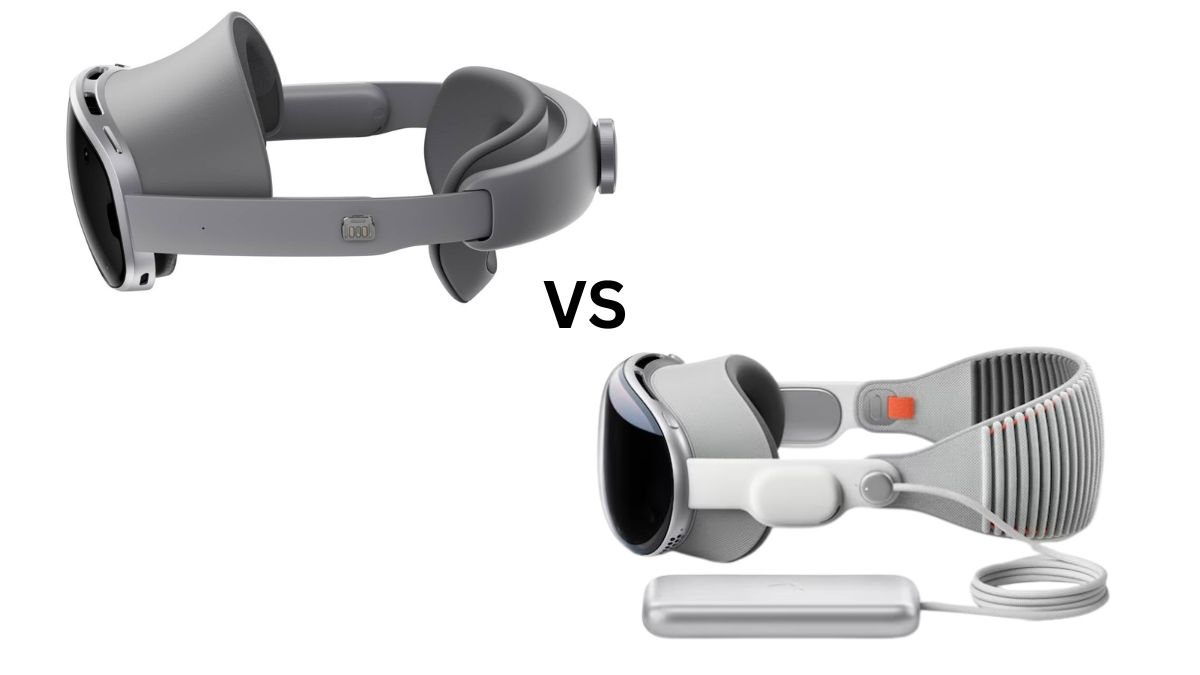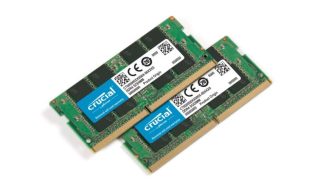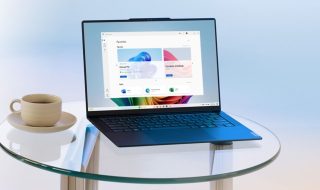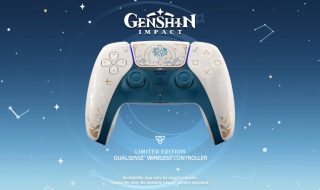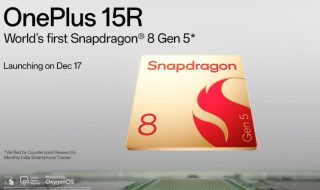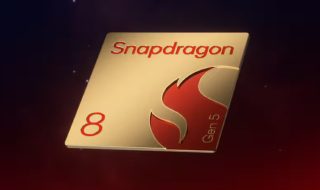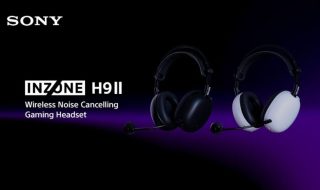The world of extended reality (XR) is evolving rapidly. Major tech companies are now offering high-end headsets designed for both productivity and entertainment. Two notable contenders in this space are Samsung’s Galaxy XR and Apple’s Vision Pro. While the Vision Pro is an established product with proven performance, the Galaxy XR is Samsung’s latest entry into the premium XR segment. It comes with Android XR and the Gemini AI platform. This article provides a detailed comparison of the two devices across key categories and helps you understand which platform may be better suited to your needs.
Price and Value
Price is often a decisive factor for consumers. The Samsung Galaxy XR starts at $1,799.99 for the 256GB model. On the other hand, the Apple Vision Pro begins at $3,499 for the same storage capacity. This makes the Galaxy XR nearly half the price of the Vision Pro. So, it provides significant value for users seeking a high-end XR experience without a premium budget.
In terms of pricing, the Samsung Galaxy XR wins in affordability and value-conscious users.
Comfort and Design
Comfort is critical for long XR sessions. The Galaxy XR weighs approximately 545 grams and features a rigid halo-style strap similar to the Meta Quest Pro. Its design emphasizes balanced weight distribution on the forehead and offers an open-periphery design with optional light blockers.
The Vision Pro, on the other hand, is heavier, ranging between 600 to 750 grams depending on the model. Apple uses a soft dual-knit fabric strap and a more sealed design to enhance immersion. While this design increases focus, the front-heavy build may feel less comfortable during extended use.
Overall, the Samsung Galaxy XR is lighter in weight and better for comfort over long sessions.
Display and Optics
Samsung and Apple both offer high-quality displays, but there are differences in resolution, refresh rates, and field of view.
- Galaxy XR: Micro-OLED with approximately 29 million total pixels (3,552 x 3,840 per eye), 90Hz refresh rate, and a horizontal field of view of about 109°.
- Vision Pro: Micro-OLED with around 23 million total pixels, up to 120Hz refresh rate, and excellent visual detail.
The Galaxy XR has better pixel density and field of view to provide sharper visuals and a more expansive panoramic experience. Meanwhile, the Vision Pro’s higher refresh rate ensures smoother motion for fast-paced content.
Now, it depends on priority. Galaxy XR is for sharper images and a wider view, and Vision Pro is for fluid motion.
Performance
Performance sets the two headsets apart in processing power. The Galaxy XR uses the Snapdragon XR2+ Gen 2 platform, a powerful mobile-grade processor. The Vision Pro is powered by Apple’s M5 chip paired with the R1 chip. It delivers desktop-class performance for demanding applications.
Overall, Apple Vision Pro is better for raw computing power, superior graphics rendering, and high-end workflows.
Ecosystem and Software
Software and ecosystem integration are key to user experience.
- Galaxy XR: Runs Android XR with deep integration of Gemini AI. Open platform with access to Google services such as YouTube, Maps, and Photos. Strong for AI-driven, context-aware features.
- Vision Pro: Runs visionOS, a closed platform that integrates seamlessly with the Apple ecosystem, including Mac, iPhone, AirPods, and AirPlay. It also supports a growing library of optimized iPad and iPhone apps.
Galaxy XR is better for open-source development, AI features, and Android ecosystem compatibility. Vision Pro is stronger for users invested in Apple devices.
Input and Control
Both headsets support advanced hand and eye tracking. The Galaxy XR includes optional controllers for gaming and certain apps, while the Vision Pro relies on gaze-and-pinch controls but can use PS VR2 controllers for gaming.
Both platforms provide excellent input methods, with Galaxy XR slightly more flexible for early adopters using dedicated controllers.
Battery Life
Battery life for both devices is limited due to the high-performance hardware.
- Galaxy XR: Approximately 2 hours for general use and 2.5 hours for video playback, relying on an external tethered battery pack.
- Vision Pro: Approximately 2.5 hours for general use and 3 hours for video playback, also with a tethered battery.
Apple Vision Pro offers a slightly longer battery life.
Summary: Which One Should You Choose?
Choose Samsung Galaxy XR if you want the best value with premium features at a lower cost. It is better if Comfort and lighter weight are priorities for extended use. Since the device runs Android XR, you are deep in the Android/Google ecosystem. You also get a high-resolution, wider display and a better field of view. You will also get AI-driven features like Gemini AI are important for hands-free assistance.
Choose Apple Vision Pro if you are invested in the Apple ecosystem and want seamless integration with Mac, iPhone, and Apple services. You will enjoy maximum performance and fluidity for creative or gaming applications. It is better if you prefer a mature, growing app library optimized for visionOS. You will also get an immersive experience with minimized light leakage is important. Since it costs more, it is for people for whom budget is not a concern, and they seek the most premium, high-spec device.
Both the Samsung Galaxy XR and Apple Vision Pro are powerful XR devices, but the choice depends on your priorities. Samsung offers better affordability, comfort, high-resolution visuals, and AI integration, while Apple leads in raw performance, ecosystem integration, and immersive software experiences.
Users should consider their budget, platform preference, and usage scenarios before making a choice.
